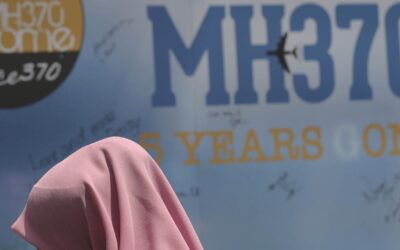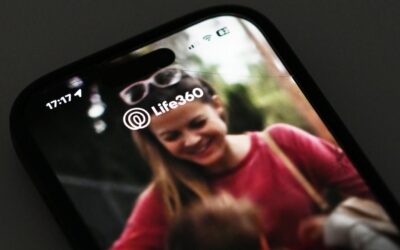Sorry, that’s old news…
You’ve found an older news story. We delete stories from our AAP News Feed after two months. But fear not, here’s today’s news!

The European Union is investigating Google for potential antitrust violations related to its AI models.

Chinese Premier Li Qiang is urging trading partners to reject rising protectionism, a day after his country ...

Malaysian Airlines has been ordered by a court to pay compensation to the families of eight passengers killed when ...

China's second-highest ranking official has taken aim at tariffs, saying more effort is required to reform ...

Family location-sharing app owner Life360 says a recent $181 million acquisition will bring it closer to its goal ...

Donald Trump's former lawyer has resigned as the top federal prosecutor for New Jersey, after a court ruled she ...

With a team set to join the NRL in 2028, Papua New Guinea is walking a delicate tightrope between ties to ...

Controversial Labor deal-maker Graham Richardson has been remembered as a "great guy" on balance as a litany of ...
No results found.
Background image courtesy victoriancollections.net.au